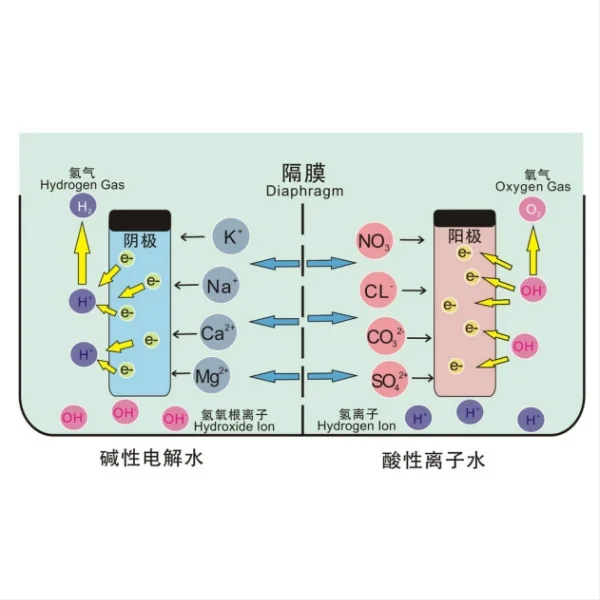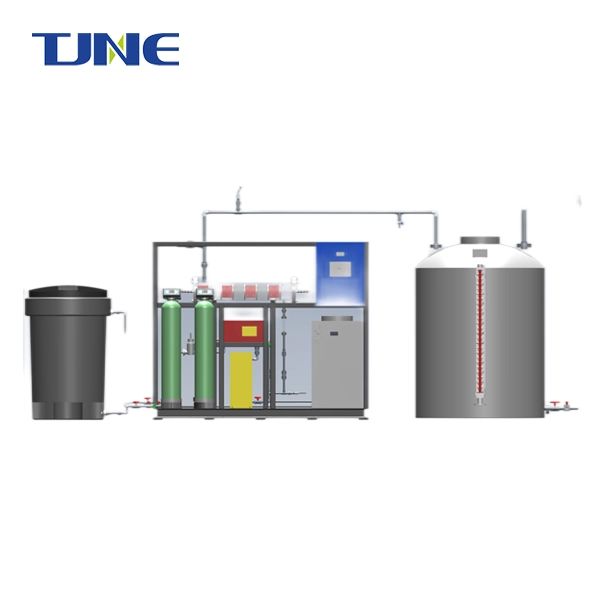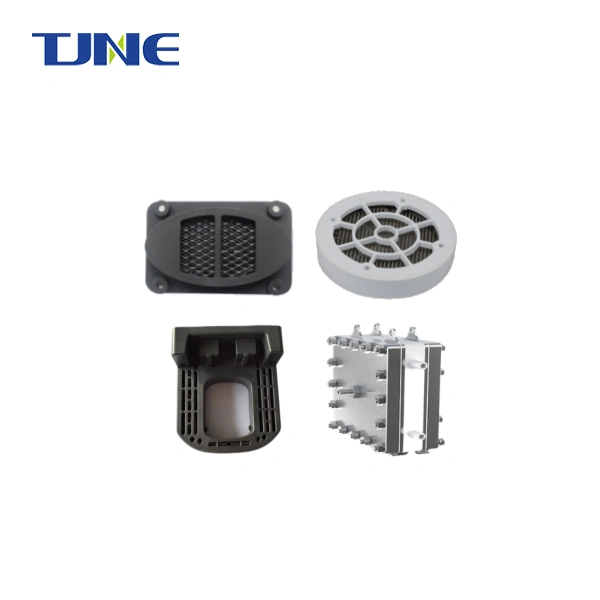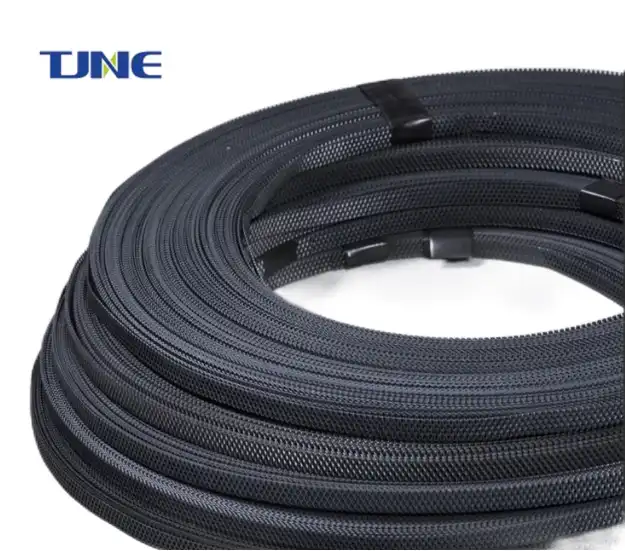- English
- French
- German
- Portuguese
- Spanish
- Russian
- Japanese
- Korean
- Arabic
- Greek
- German
- Turkish
- Italian
- Danish
- Romanian
- Indonesian
- Czech
- Afrikaans
- Swedish
- Polish
- Basque
- Catalan
- Esperanto
- Hindi
- Lao
- Albanian
- Amharic
- Armenian
- Azerbaijani
- Belarusian
- Bengali
- Bosnian
- Bulgarian
- Cebuano
- Chichewa
- Corsican
- Croatian
- Dutch
- Estonian
- Filipino
- Finnish
- Frisian
- Galician
- Georgian
- Gujarati
- Haitian
- Hausa
- Hawaiian
- Hebrew
- Hmong
- Hungarian
- Icelandic
- Igbo
- Javanese
- Kannada
- Kazakh
- Khmer
- Kurdish
- Kyrgyz
- Latin
- Latvian
- Lithuanian
- Luxembou..
- Macedonian
- Malagasy
- Malay
- Malayalam
- Maltese
- Maori
- Marathi
- Mongolian
- Burmese
- Nepali
- Norwegian
- Pashto
- Persian
- Punjabi
- Serbian
- Sesotho
- Sinhala
- Slovak
- Slovenian
- Somali
- Samoan
- Scots Gaelic
- Shona
- Sindhi
- Sundanese
- Swahili
- Tajik
- Tamil
- Telugu
- Thai
- Ukrainian
- Urdu
- Uzbek
- Vietnamese
- Welsh
- Xhosa
- Yiddish
- Yoruba
- Zulu
Mixed Metal Oxide (MMO) anodes have revolutionized cathodic protection systems across various industries due to their exceptional performance and longevity. These anodes, particularly MMO Titanium Mesh Anodes, have gained popularity for their ability to function effectively in diverse environments. This blog post explores the working principles of MMO anodes in different settings and addresses some common questions about their application and maintenance.
What factors affect the performance of MMO Titanium Mesh Anodes in various settings?
The performance of MMO Titanium Mesh Anodes is influenced by several environmental factors, each playing a crucial role in determining their effectiveness and longevity. Understanding these factors is essential for optimizing anode performance across different applications.
1. Electrolyte Composition: The composition of the electrolyte surrounding the anode significantly impacts its performance. In seawater, for instance, the high chloride content enhances the anode's efficiency due to the abundance of ions available for the electrochemical reaction. Conversely, in freshwater or soil with low conductivity, the anode may need to work harder to maintain the same level of protection.
2. Temperature: Environmental temperature affects the rate of electrochemical reactions at the anode surface. Higher temperatures generally increase reaction rates, potentially leading to faster anode consumption. However, MMO anodes are known for their stability across a wide temperature range, making them suitable for both cold and hot environments.
3. pH Levels: The acidity or alkalinity of the environment can influence anode performance. MMO Titanium Mesh Anodes exhibit excellent stability across a broad pH range, from highly acidic to strongly alkaline conditions. This stability is one of the key advantages over traditional anodes, which may degrade rapidly in extreme pH environments.
4. Oxygen Concentration: The availability of oxygen in the environment can affect the cathodic reaction and, consequently, the anode's performance. In oxygen-rich environments, such as surface waters, the cathodic reaction may be more efficient, potentially requiring less current from the anode. In oxygen-depleted environments, like deep soil or anaerobic conditions, the anode may need to supply more current to achieve the same level of protection.
5. Flow Conditions: In dynamic environments with water flow or soil movement, the performance of MMO Titanium Mesh Anodes can be affected. High flow rates can lead to increased mass transfer, potentially enhancing the anode's efficiency. However, excessive flow or abrasive conditions may also lead to mechanical wear on the anode surface.
6. Presence of Contaminants: Certain contaminants in the environment can impact anode performance. For example, the presence of sulfate-reducing bacteria in soil or water can lead to accelerated corrosion processes, requiring the anode to work harder to maintain protection.
7. Electrical Resistivity: The electrical resistivity of the environment directly affects the current distribution from the anode. In high-resistivity environments, such as dry soil or freshwater, achieving uniform current distribution may be challenging, potentially requiring additional anodes or special design considerations.
Understanding these factors allows engineers and corrosion specialists to optimize the design and placement of MMO Titanium Mesh Anodes in various applications. By considering the specific environmental conditions, it's possible to maximize the efficiency and lifespan of these anodes, ensuring long-term protection for critical infrastructure across diverse settings.
How do MMO Titanium Mesh Anodes compare to traditional anodes in corrosive environments?
When it comes to cathodic protection in corrosive environments, MMO Titanium Mesh Anodes offer several advantages over traditional anodes. This comparison highlights the key differences and explains why MMO anodes are often preferred in challenging conditions.
1. Durability and Longevity:
MMO Titanium Mesh Anodes significantly outperform traditional anodes in terms of durability. The titanium substrate, coated with a mixed metal oxide layer, provides exceptional resistance to corrosion and wear. In highly corrosive environments, such as seawater or acidic soils, traditional anodes like graphite or high-silicon cast iron may deteriorate rapidly. MMO anodes, on the other hand, can maintain their effectiveness for decades, often outlasting the design life of the structures they protect.
2. Current Output Stability:
One of the most significant advantages of MMO anodes is their ability to maintain a stable current output over time. Traditional anodes tend to have a decreasing current output as they consume, which can lead to inconsistent protection levels. MMO anodes, due to their inert nature and stable oxide coating, provide a more consistent current output throughout their lifespan. This stability is crucial in environments where corrosion risks are high and consistent protection is essential.
3. Efficiency in Various Electrolytes:
MMO Titanium Mesh Anodes demonstrate superior efficiency across a wide range of electrolytes. While traditional anodes may struggle in low-conductivity environments or become passivated in certain conditions, MMO anodes maintain their effectiveness. This versatility makes them suitable for use in seawater, freshwater, soil, and even concrete, adapting well to changes in environmental conditions over time.
4. Size and Weight Considerations:
In corrosive environments where space is limited or weight is a concern, MMO anodes offer a significant advantage. Due to their high efficiency and low consumption rate, MMO anodes can be smaller and lighter than traditional alternatives while providing the same or better protection. This characteristic is particularly valuable in offshore applications or in structures where additional weight is undesirable.
5. Environmental Impact:
MMO anodes have a lower environmental impact compared to many traditional anodes. They do not release harmful byproducts as they operate, unlike some conventional anodes that may introduce metallic ions into the environment as they consume. This makes MMO anodes a more environmentally friendly choice, especially in sensitive ecosystems or areas with strict environmental regulations.
The superior performance of MMO Titanium Mesh Anodes in corrosive environments is due to their advanced material composition and design. The inert titanium substrate provides structural integrity, while the mixed metal oxide coating offers exceptional electrochemical properties. This combination results in an anode that not only withstands harsh conditions but also delivers consistent and efficient cathodic protection over an extended period.
What are the best practices for maintaining MMO Titanium Mesh Anodes in diverse conditions?
Maintaining MMO Titanium Mesh Anodes effectively is crucial for ensuring their optimal performance and longevity across various environmental conditions. While these anodes are known for their durability and low maintenance requirements, following best practices can significantly extend their service life and enhance their protective capabilities. Here are key strategies for maintaining MMO Titanium Mesh Anodes in diverse conditions:
1. Regular Monitoring and Inspection:
Implementing a routine inspection program is fundamental to maintaining MMO anodes effectively. This should include:
- Visual inspections to check for physical damage or unusual wear patterns
- Electrical measurements to verify current output and distribution
- Environmental assessments to monitor changes in surrounding conditions
For submerged or buried anodes, consider using remote monitoring systems or scheduling periodic excavations or diving inspections. In aggressive environments, increase the frequency of inspections to catch potential issues early.
2. Proper Current Control:
Maintaining appropriate current levels is critical for the longevity of MMO anodes:
- Use rectifiers with good current control capabilities
- Regularly calibrate and maintain current control equipment
- Adjust current output based on environmental changes or protection requirements
Avoid over-driving the anodes, as excessive current can lead to accelerated consumption and reduced efficiency. Conversely, insufficient current may result in inadequate protection.
3. Environmental Adaptation:
Tailor maintenance practices to specific environmental conditions:
- In marine environments, consider periodic cleaning to remove marine growth or calcareous deposits
- In soil applications, monitor soil resistivity and moisture content, adjusting the system as necessary
- For anodes in concrete, pay attention to the concrete's condition and any changes in chloride levels
Be prepared to adapt maintenance strategies as environmental conditions change over time.
4. Electrical Connections Maintenance:
The integrity of electrical connections is crucial for anode performance:
- Regularly inspect and tighten all connections to ensure good conductivity
- Apply appropriate sealants or coatings to protect connections from environmental factors
- In corrosive environments, consider using specialized connection materials resistant to degradation
Poor electrical connections can lead to reduced efficiency and localized corrosion issues.
5. System Design Optimization:
Periodically review and optimize the overall cathodic protection system design:
- Assess current distribution patterns and adjust anode placement if necessary
- Consider adding or relocating anodes in areas of inadequate protection
- Evaluate the need for additional or upgraded monitoring equipment
As protected structures or environmental conditions change, the original design may need adjustments to maintain optimal protection.
6. Data Analysis and Trending:
Implement a robust data collection and analysis program:
- Keep detailed records of anode performance, including current output and potential readings
- Analyze trends to identify gradual changes that may indicate developing issues
- Use data to predict future maintenance needs and plan for anode replacements
Proactive data analysis can help prevent unexpected failures and optimize maintenance schedules.
7. Cathodic Protection Interference Mitigation:
In complex environments with multiple cathodic protection systems:
- Conduct regular surveys to detect and mitigate interference issues
- Coordinate with nearby structures or systems to ensure mutual compatibility
- Implement appropriate isolation or joint bonding measures as needed
Interference can significantly impact anode performance and lead to unexpected corrosion issues.
Good documentation supports informed decision-making and can be invaluable for troubleshooting or planning future upgrades.
By adhering to these best practices, operators can ensure that MMO Titanium Mesh Anodes continue to provide effective cathodic protection across a wide range of environments. Regular maintenance, coupled with proactive monitoring and adaptation to changing conditions, will maximize the lifespan and efficiency of these advanced anode systems. This approach not only protects valuable assets but also contributes to more sustainable and cost-effective corrosion prevention strategies in diverse industrial applications.
In conclusion, MMO anodes, particularly MMO Titanium Mesh Anodes, have proven to be highly effective and versatile in various environments. Their superior performance, longevity, and adaptability make them an excellent choice for cathodic protection systems across different industries. By understanding the factors that affect their performance, comparing them to traditional anodes, and implementing best practices for maintenance, engineers and operators can maximize the benefits of MMO anodes in protecting critical infrastructure from corrosion.
If you are interested in the products of Xi'an Taijin New Energy Technology Co., Ltd., please contact yangbo@tjanode.com.
References:
1. NACE International. (2021). Cathodic Protection - Anodes. Houston, TX: NACE International.
2. Baeckmann, W. V., Schwenk, W., & Prinz, W. (1997). Handbook of Cathodic Corrosion Protection. Gulf Professional Publishing.
3. Revie, R. W., & Uhlig, H. H. (2008). Corrosion and Corrosion Control: An Introduction to Corrosion Science and Engineering. John Wiley & Sons.
4. DNV GL. (2020). Recommended Practice DNVGL-RP-B401: Cathodic Protection Design.
5. Tullmin, M., & Roberge, P. R. (2000). Atmospheric Corrosion. In Uhlig's Corrosion Handbook (pp. 305-321). John Wiley & Sons.
6. Cicek, V. (2014). Cathodic Protection: Industrial Solutions for Protecting Against Corrosion. John Wiley & Sons.
7. Shifler, D. A. (2005). Understanding material interactions in marine environments to promote extended structural life. Corrosion Science, 47(10), 2335-2352.
8. Shreir, L. L., Jarman, R. A., & Burstein, G. T. (1994). Corrosion: Metal/Environment Reactions. Butterworth-Heinemann.
9. Jones, D. A. (1996). Principles and Prevention of Corrosion. Prentice Hall.
10. Cathodic Protection Co Limited. (2022). MMO Titanium Anodes. Retrieved from [company website].






Electrolyzers.webp)





